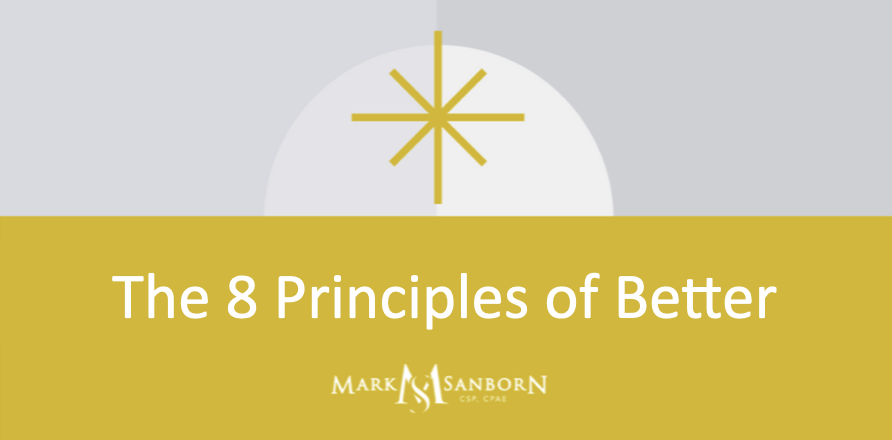Depression is an extremely common experience, which can be hard to escape from once an episode has begun.
Psychological research has found all sorts of ways that the chances of developing depression can be reduced.
From social connection, through building resilience to taking up a hobby, there are many science-backed methods for lowering depression risk.
Click the links for a fuller description of each study including the reference.
1. Social connection
Social connection is the strongest protective factor against depression.
People who feel able to tell others about their problems and who visit more often with friends and family have a markedly lower risk of becoming depressed.

The data, derived from over 100,000 people, assessed modifiable factors that could affect depression risk including sleep, diet, physical activity and social interaction.
Dr Jordan Smoller, study co-author, explained the results:
“Far and away the most prominent of these factors was frequency of confiding in others, but also visits with family and friends, all of which highlighted the important protective effect of social connection and social cohesion.”
2. Build resilience
Recalling positive memories helps to build resilience against depression.
Reminiscing about happy events and having a store of these to draw on is one way of building up resilience.
Similarly, getting nostalgic has been found to help fight loneliness and may also protect mental health.
Thinking back to better times, even if they are tinged with some sadness, helps people cope with challenging times.
3. Regulate your mood naturally
Being able to naturally regulate mood is one of the best weapons against depression.
Mood regulation means choosing activities that increase mood, like exercise, when feeling low and doing dull activities like housework when spirits are higher.
Some of the best ways of improving mood are being in nature, taking part in sport, engaging with culture, chatting and playing.
Other mood enhancing activities include listening to music, eating, helping others and childcare.
4. Eat healthily
Eating more fruits and vegetables lowers the risk of depression.
Reducing fat intake and increasing levels of omega-3 are also linked to a lower risk of depression.
The anti-inflammatory and antioxidant properties of fruits and vegetables may account for their beneficial effect.

Vitamins and minerals in fruit and vegetables may also help to lower the markers of inflammation, such as C-reactive protein.
Similarly, adding more fibre to the diet decreases depression risk.
This is probably why many studies link vegetarian and vegan diets to a lower risk of depression.
5. Stop obsessing about failures
Excessive negative thinking about unfulfilled dreams is linked to depression and anxiety.
When people repeatedly compare a mental vision of their ideal self with the failure to reach it, this can produce psychological distress.
Aspirations can be damaging as well as motivating, depending on how the mind deals with them and what results life happens to serve up.
Thinking obsessively about a perceived failure is psychological damaging.
6. Reduce sedentary activities
Cutting down on screen-time strongly reduces depression risk, whether or not people have previously experienced a depressive episode.
The results come from data covering almost 85,000 people.
The study…
Keep reading here









 ‘ + data.settings.title + ” : ” }}} ]]>
‘ + data.settings.title + ” : ” }}} ]]>

 Photo by
Photo by 